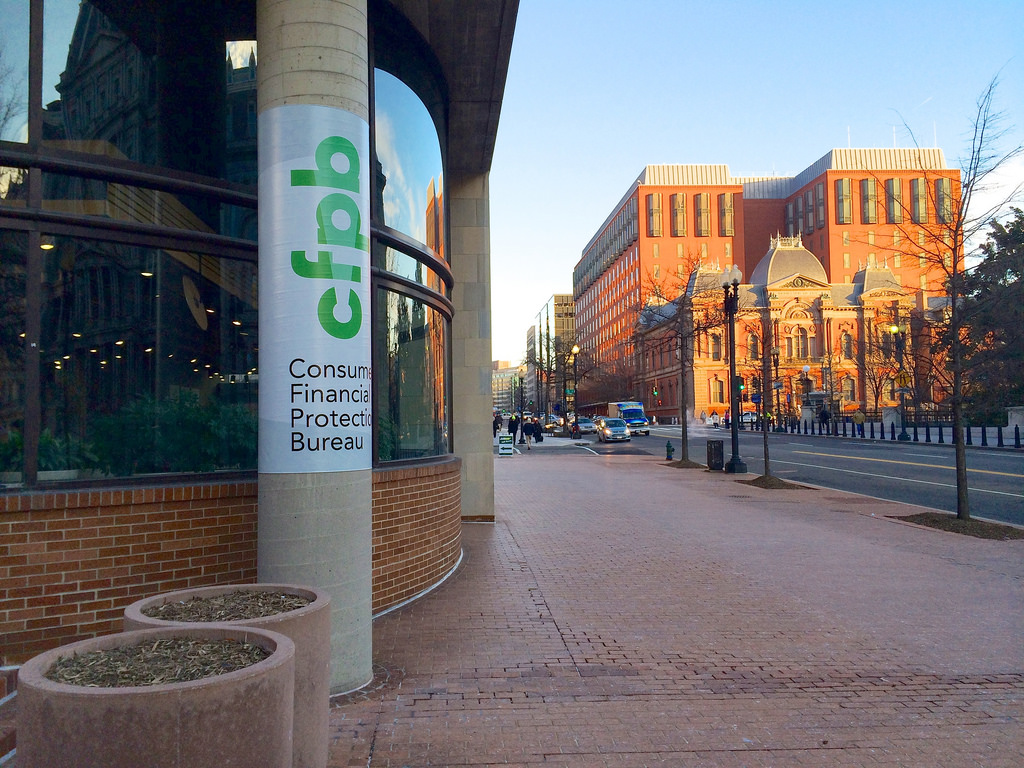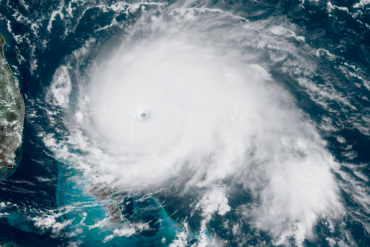Controversy at the Consumer Financial Protection Bureau has dominated the news cycle recently.
The drama began during Thanksgiving break, when CFPB director Richard Cordray left the agency. He appointed Leandra English to act as his deputy director and to take over in his absence. At the same time, President Donald Trump tapped Mick Mulvaney, the current director of the Office of Management and business.

Mick Mulvaney
The Monday after the holiday, both English and Mulvaney showed up to work as the new boss of the CFPB – and began vying for legitimacy.
But what is the CFPB? And why should the average American consumer care who leads it?
Here’s everything you need to know about this regulatory agency steeped controversy:
- What does the Consumer Financial Protection Bureau do? The CFPB is the government’s regulatory agency designed to oversee the financial products and services offered to consumers of the United States’ federal institutions, including banks and credit unions. According to Investopedia, the CFPB is divided into: research, community affairs, consumer complaints, the Office of Fair Lending and the Office of Financial Opportunity.
- Why was the CFPB created? The Consumer Financial Protection Bureau was created as a part of the Dodd-Frank Wall Street Reform and Consumer Protection Act of 2010. Sen. Elizabeth Warren, D-Mass., first came up with the idea for the financial watchdog agency when she was a
Harvard Law School professor in 2007, according to an article on PBS News Hour. She envisioned the agency as a way to regulate mortgages, student loans and other financial products – which in turn would help prevent economic crises. President Barack Obama named Cordray as the agencies first director in 2011, when it launched.
- Why has the agency been controversial? The CFPB has been controversial since it began in 2011. Democrats see the agency as a powerful way to protect consumers who could otherwise be hurt by nefarious banking practices. But Republicans and those in the financial industry believe the agency has too much power – and that might not be constitutional, according to a Bloomberg Politics article. Since the CFPB is considered an independent agency within the Federal Reserve, Congress doesn’t handle its budget. Obama said the agency needed that freedom in order to be able to “stand up to the most rich and powerful,” according to the Bloomberg article. In October 2016, a federal appeals court ruled the CFPB was “unconstitutionally structured” because the amount of power the director has marks a “gross departure from settled historical practice. The case still hasn’t been resolved.
- What has the bureau accomplished so far? The CFPB claims its actions have given $11.9 billion in relief to consumers, according to the Bloomberg article. That total comes from fines against Wells Fargo and debt-relief company Morgan Drexen and a settlement with Citigroup Inc. The agency has also created a database on consumer complaints about financial products and created restrictions on pay-day loans and prepaid cards.
- Why was the recent leadership fight important? The recent battle was one over the philosophical future of the agency. Cordroy’s five-year term was due to expire July 2018 and it was assumed Trump would take that opportunity to appoint somebody who would narrow CFPB’s mission, according to the Bloomberg article. But when Cordroy left, the agency needed an interim – somebody to run the agency until Trump appoints and the Senate confirms a permanent successor. English was Cordray’s pick for interim – meaning she’d likely leave the agency unchanged. On the other hand, Mulvaney has been a long-time CFPB critic who believes the agency has too much power. He referred to the CFPB as a “sick, sad joke” during a 2014 interview with the Credit Union Times. Trump said he expects Mulvaney to “fix” an agency that went “too far” under the previous administration, according to a CNN Money article.






Leave a Reply